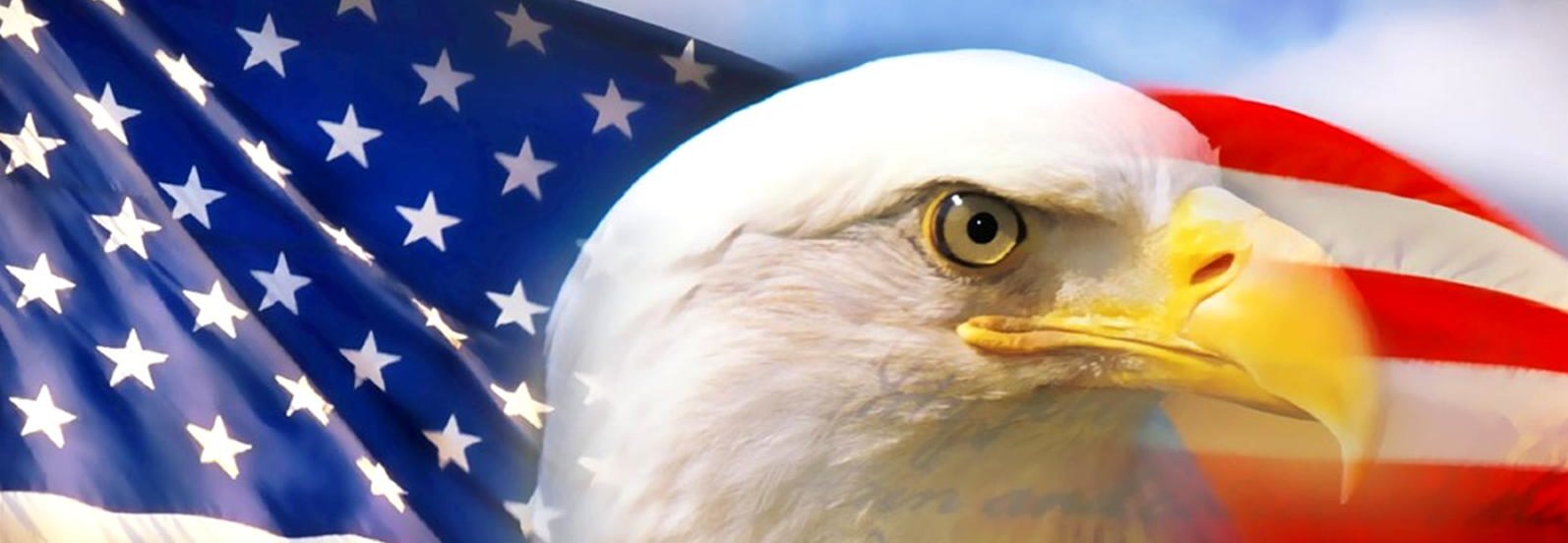How Are Rights Protected?
Think of the Constitution as a tool. This tool does not grant you or anyone rights, and it is not self activating. It can be used, in a court proceeding, to enforce the bill of rights, which is attached to the Constitution, and as an equitable remedy it can be enforced by an individual without an attorney.
Some people feel the Constitution has no power, and for them and those who feel that way, it doesn’t! Remember, it is just a tool. The knowledge that government power is separated for the benefit of the individual is a concept most recently explained in the Supreme Court case Bond v. United States, 131 S. Ct. 2355, 180 L. Ed. 2d 269 (2011) [2011 BL 158313]
“The federal system rests on what might at first seem a counterintuitive insight, that “freedom is enhanced by the creation of two governments, not one.” Alden v. Maine, 527 U. S. 706, 758 (1999). The Framers concluded that allocation of powers between the National Government and the States enhances freedom, first by protecting the integrity of the governments themselves, and second by protecting the people, from whom all governmental powers are derived.”
In this particular case, the Court is referring to the separation between the federal system and State systems, but the federal system is also separated from the National system by way of the “Separation of Powers Doctrine” which the understanding of has been skewed for hundreds of years since it was referred to by Madison as the secret to the Constitution.
Once we understand how these powers are defined and that each branch (power) is separate and equal in relationship to the other, we can began to see how remedies are created that “enhance freedom” and “protect the people”, as was intended by the framers.
The first two powers, or branches of government, are legislative and executive in which representatives are elected and compose the administrative or democratic side of the government. The judicial power, or branch, is a Court (the one supreme court), set up for each individual to redress his/her grievances and is the national (as opposed to federal) or republic side of the government. Do not assume that this is the supreme court that congress and the presidential power (federal) enacted two years after the constitution was ratified.
The three powers are designed to represent the three positions of a criminal court in that the prosecutor represents the statutory scheme set up by congress. The second position (president) or executive power is represented by the judge, magistrate or referee, leaving the third power (judicial branch) represented by the defendant who has equal power to the other two branches.
It is important to understand that the Judicial Power or third branch of government is a Court! It is the “One Supreme Court” (as opposed to the ‘inferior’ supreme court created by congress under the judiciary act of 1789) and extends to all cases law and equity…. This court can be convened at any time by the Chief Justice (you).

Leave a Reply